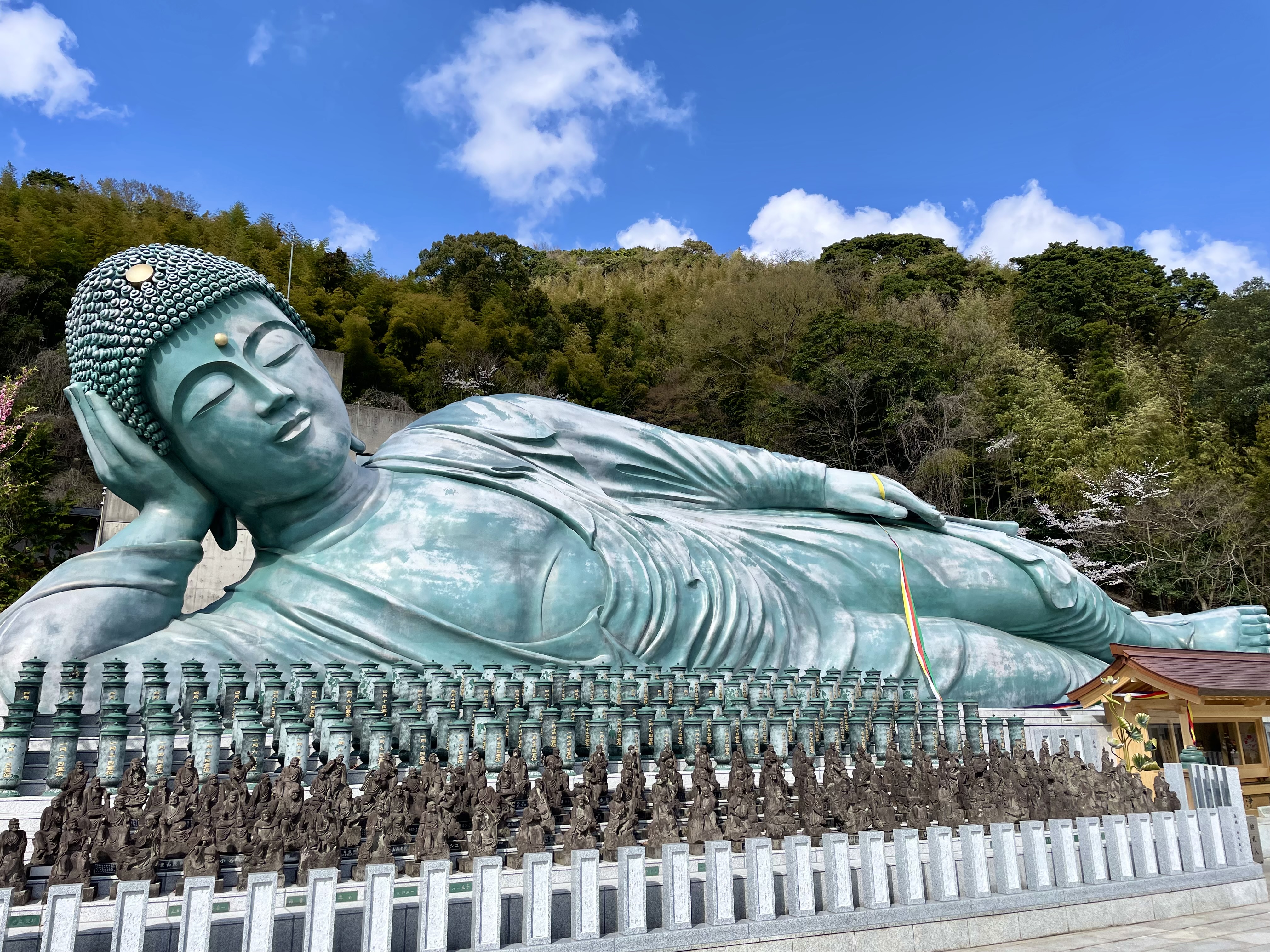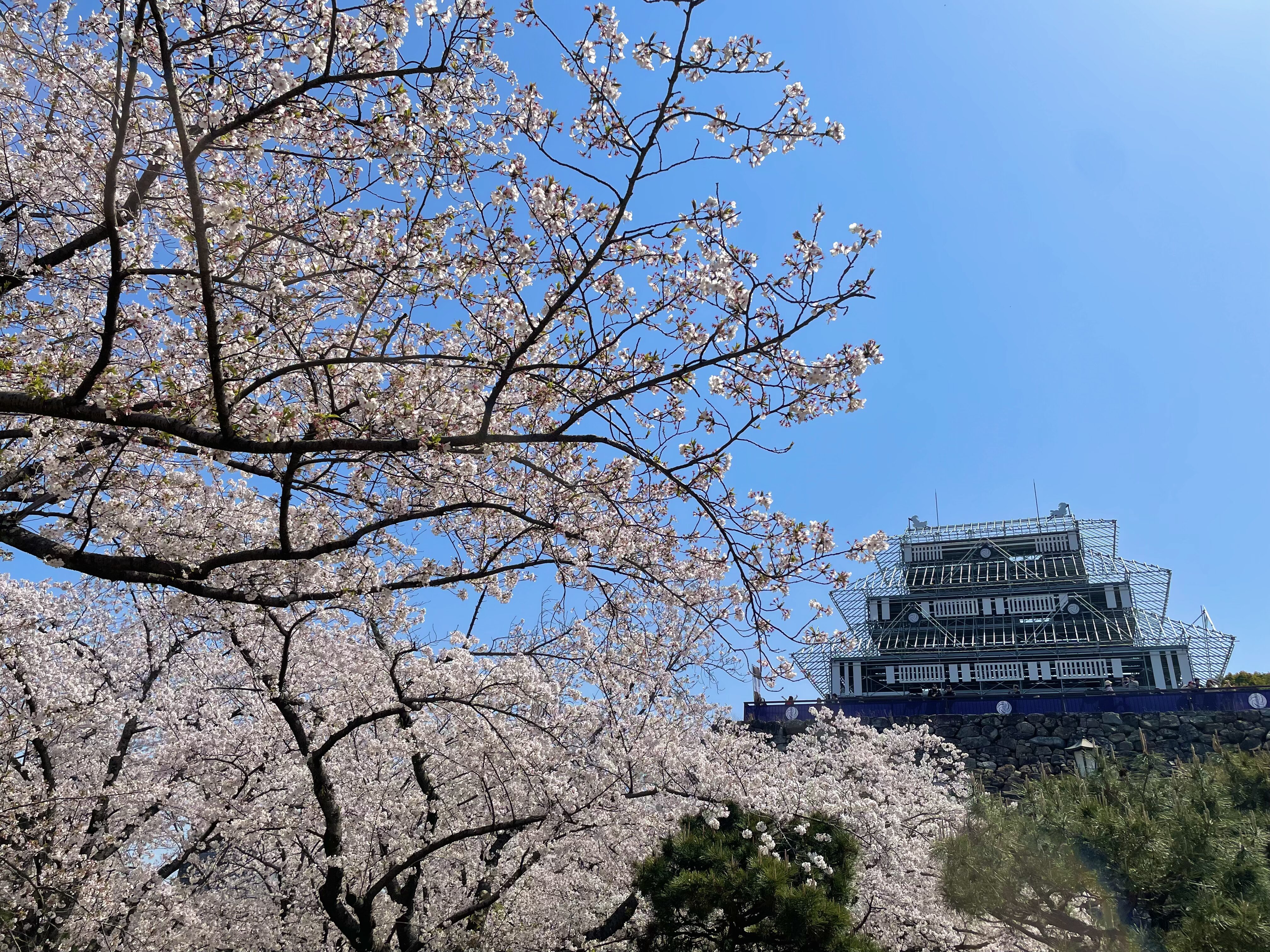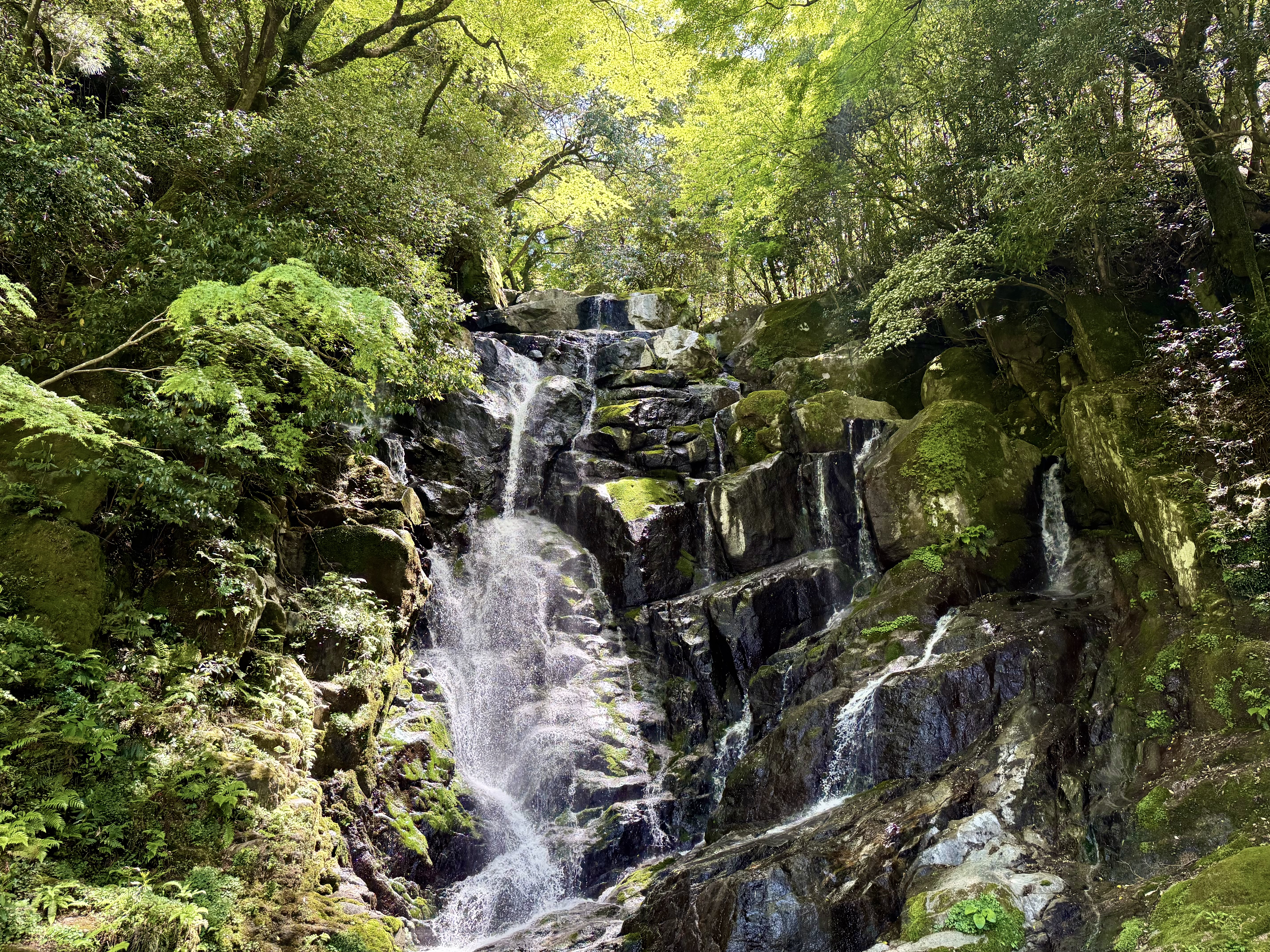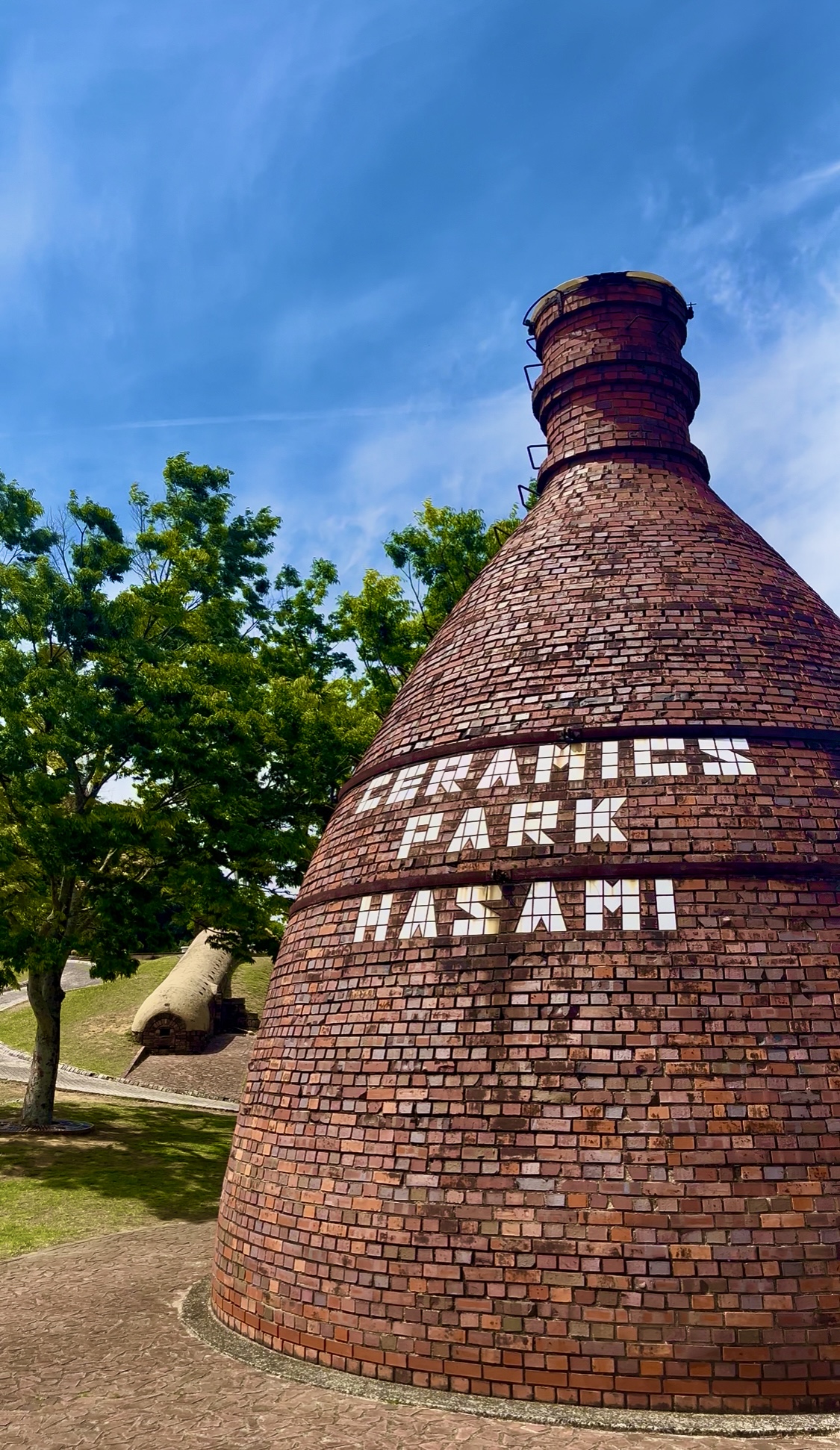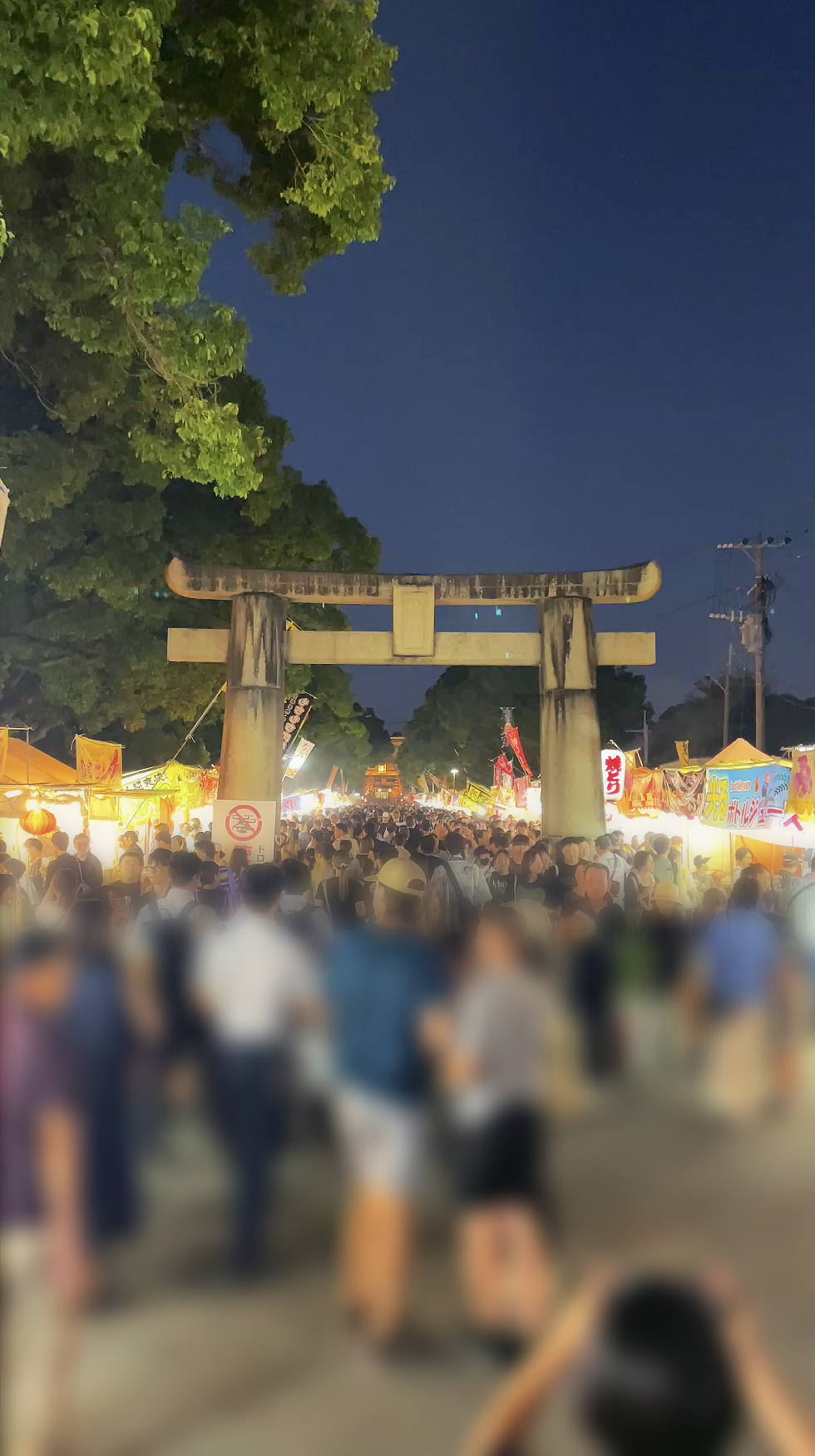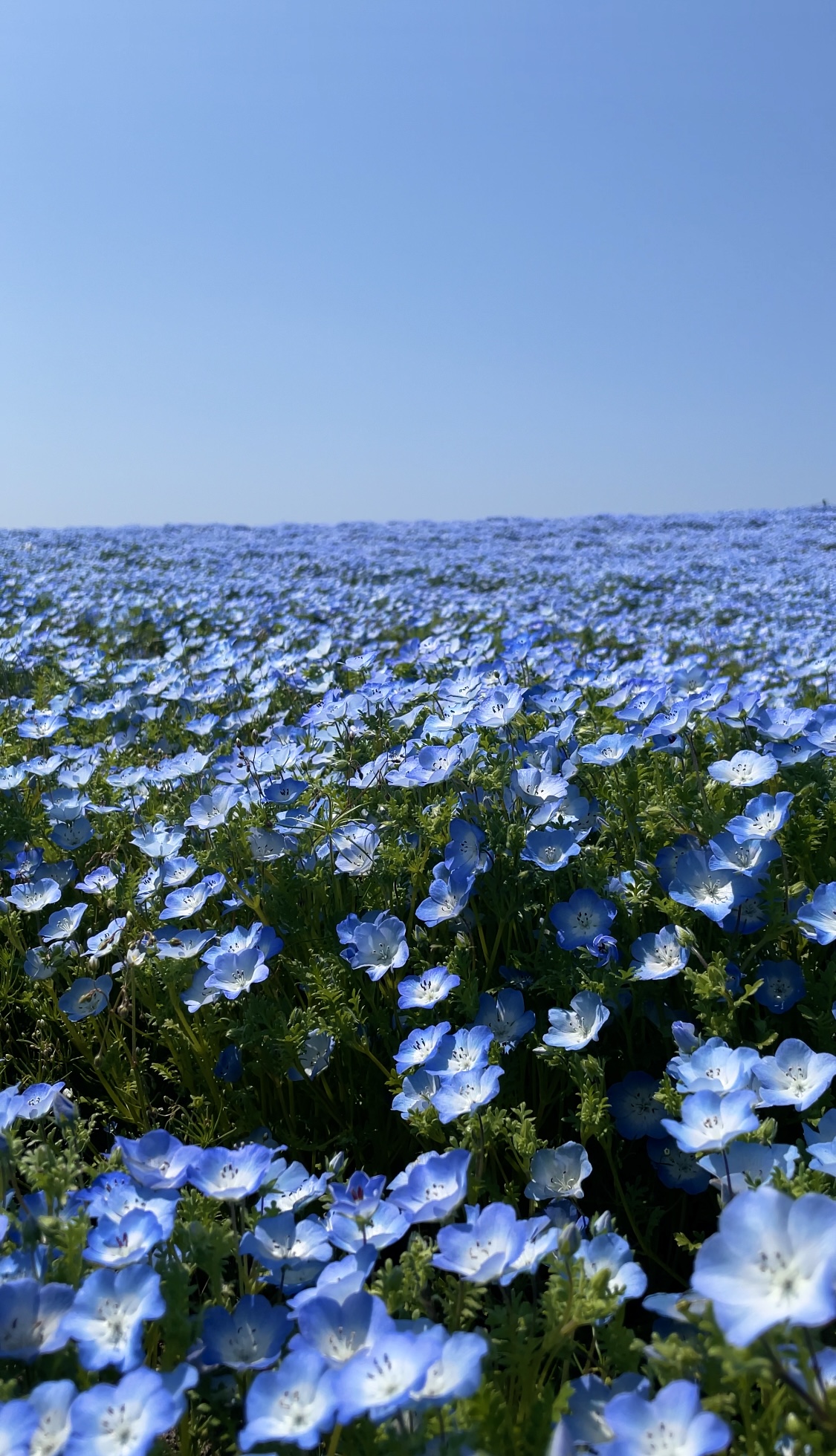Ohori Park Japanese Garden: A Cultural Escape in the Heart of Fukuoka
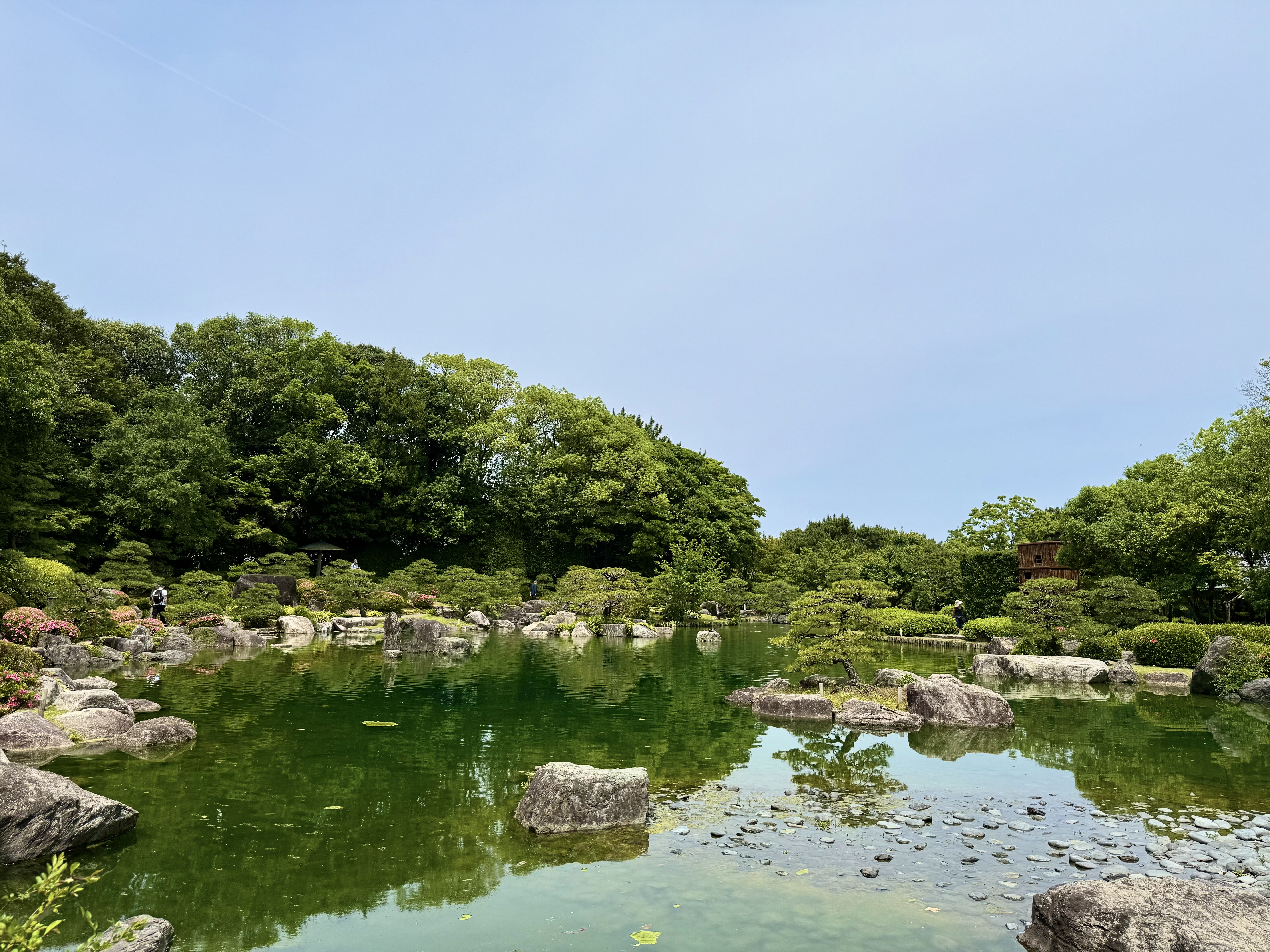
📍 Location: 1-7 Ohorikoen, Chuo Ward, Fukuoka
🕒 Opening Hours; 9:00 AM–6:00 PM (Closed on Monday)
🚃 Access: Around 15 minute walk from Ohori Station
✅ Admission Fee;
Adult: 250 JPY
Under 15: 120 JPY
Under 6: Free
💰 Payment;
⭕️ Cash
⭕️ Credit card
⭕️ IC card
Introduction ✨
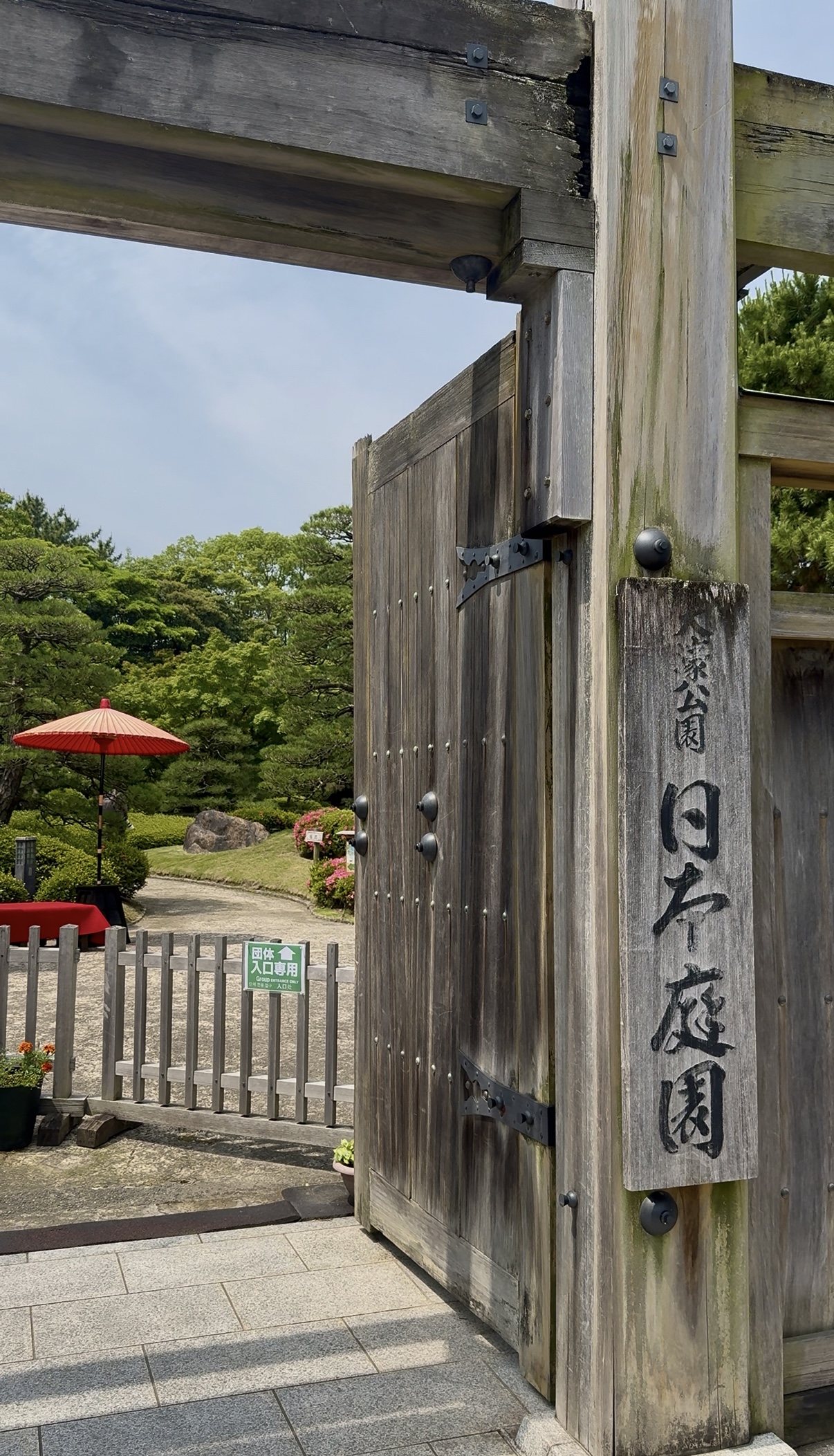
Are you dreaming of a peaceful retreat in Japan’s vibrant cityscapes? Nestled in Fukuoka’s bustling Chūō-ku is a hidden gem that marries history, art, and nature—the Ohori Park Japanese Garden. Once the outer moat of Fukuoka Castle, this 1.2‑hectare masterpiece invites you to pause, breathe, and immerse yourself in timeless beauty.
A Glimpse into History — Where Moat Meets Masterpiece
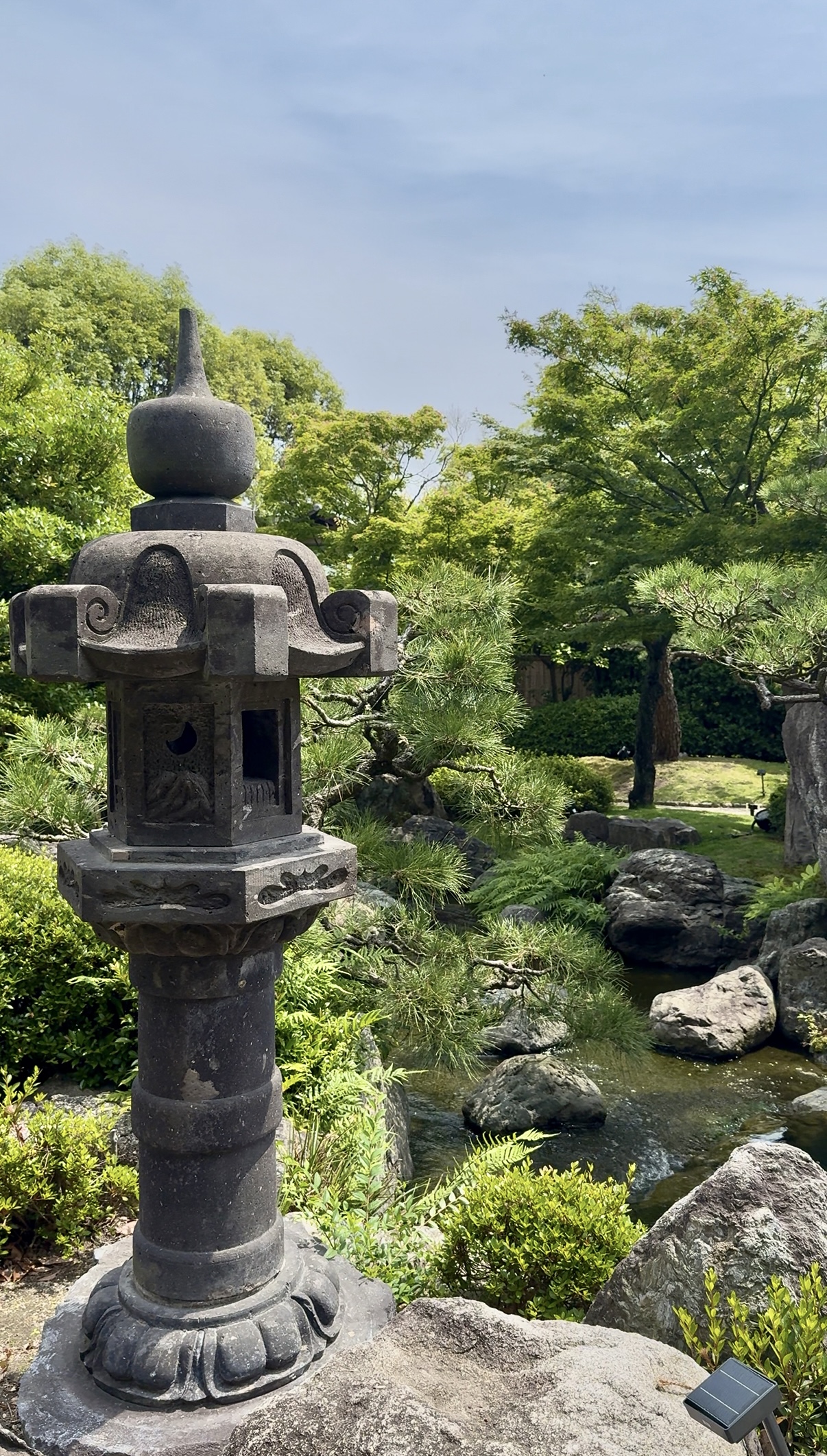
Did you know that Ohori Park traces its origins to the early 1600s when Kuroda Nagamasa, the ruler of Fukuoka Castle, reclaimed a cove from Hakata Bay to create a defensive moat?
Fast forward to the 1920s—during the 1927 Eastern Industrial Exhibition, city planners reshaped the area into a public park modeled on China’s West Lake. By 1929, Ohori Park was officially opened.
Then, in 1984, to celebrate the park’s 50th anniversary, the Japanese Garden was crafted by famed landscape artist Kinsaku Nakane—also known for gardens at Adachi Museum of Art, Nijo-jo (Nijo Castle) and the Boston Museum of Fine Arts. It was built in the traditional chisen‑kaiyū‑shiki style—meaning “pond-and-hill strolling garden”—complete with tea houses, waterfalls, and meandering pathways.
What Makes the Garden Magical?
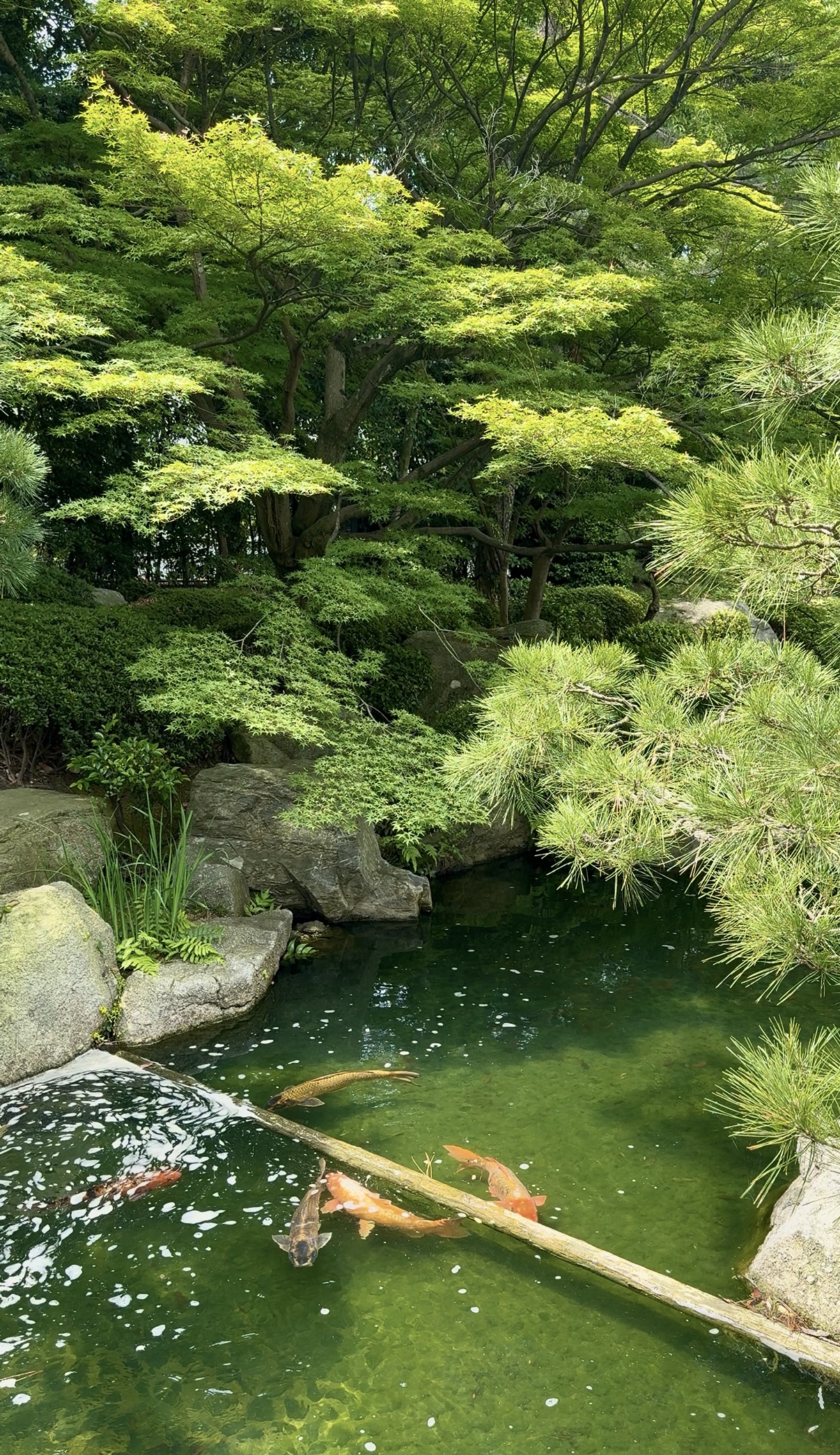
- Chisen‑kaiyū‑shiki Layout
A serene pond surrounded by artificial hills and winding streams invites leisurely strolling. - Three Enchanting Waterfalls
The “three‑tier waterfall,” “cloth-fall waterfall,” and mountain-stream waterfall offer distinct views and moods. - Karesansui (Dry Landscape Garden)
A contemplative space of raked sand and Miyazaki stone, perfect for peaceful reflection. - Authentic Tea Houses
Built in the sukiya-zukuri style by architect Masao Nakamura, these tea rooms include a rustic space for intimate tea ceremonies and a hall for larger gatherings. Adjacent stone gardens complete the spiritual atmosphere. - White Plaster Walls & Dense Greenery
Crisp walls and thick plantings create a cocoon of quiet away from city life.
Why You’ll Fall in Love with This Place
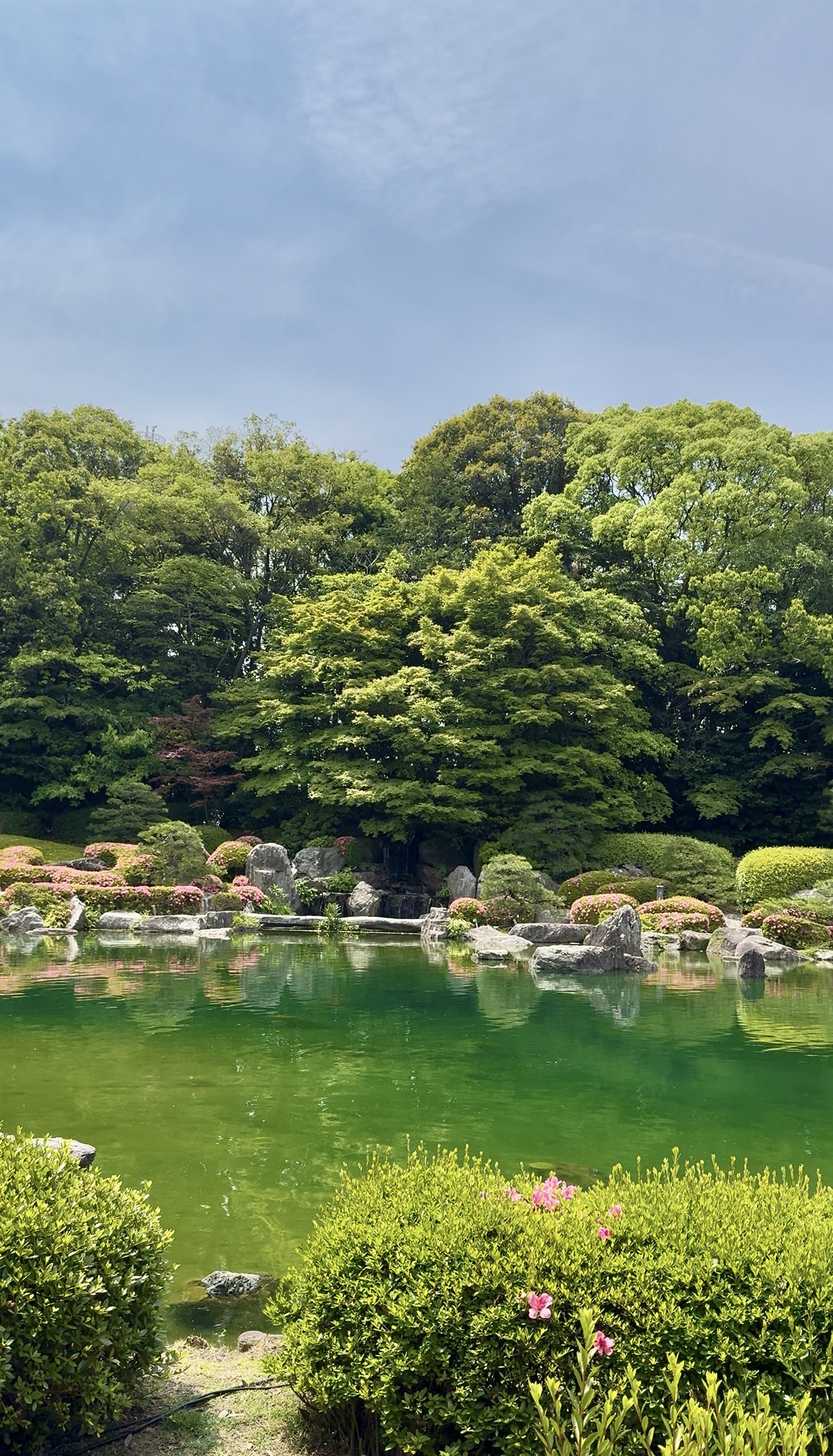
- Urban Refuge: Just a short walk from Tenjin or Hakata stations, yet it feels like stepping into another world.
- Nature Meets City: The pond mirrors swaying trees, while migrating birds—including ducks and herons—visit from November to March .
- Aesthetic Variety: Every corner reveals a fresh scene—cascading waterfalls, mossy pathways, and tea houses by illuminated streams.
- Affordable & Inclusive: Admission is only ¥250 (free under 6; discounts for seniors).
- Accessibility: English pamphlets are available, and there are wheelchair-accessible pathways and toilets.
Conclusion
The Ohori Park Japanese Garden is more than a sightseeing spot—it’s a living canvas of Japan’s heritage. Combining centuries of history, expert garden design, and soothing natural elements, it offers every visitor a chance to connect with Japanese aesthetics and culture. All for an accessible price and nestled in the heart of Fukuoka.


